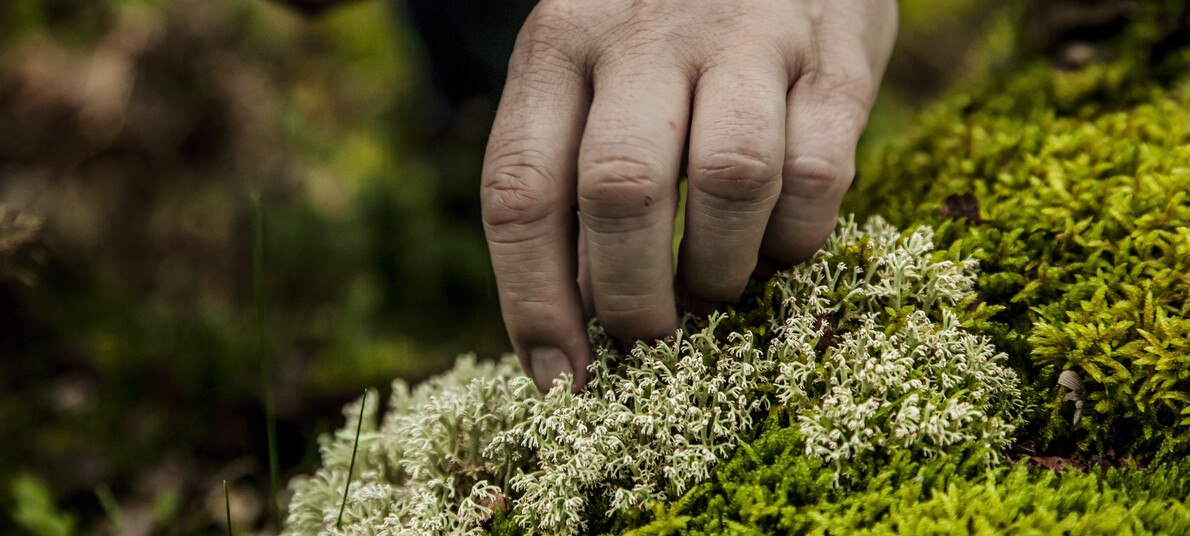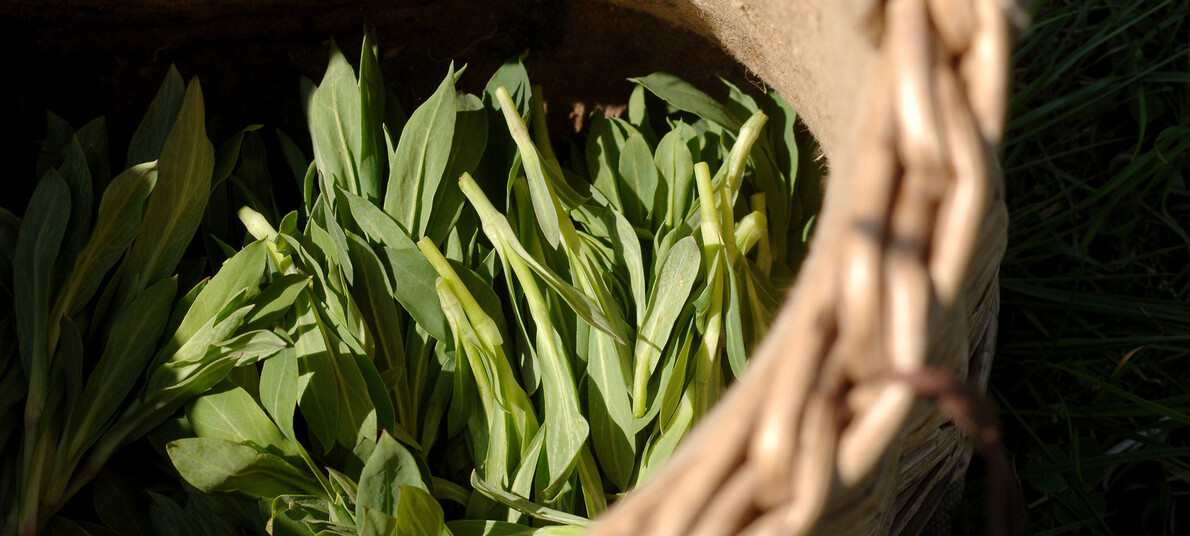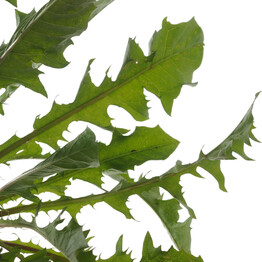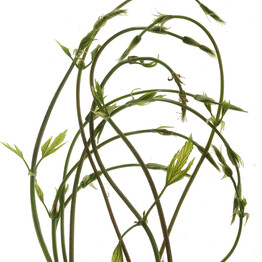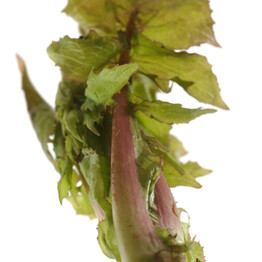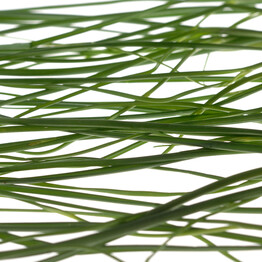I’ve got a lovely bunch of… mountain herbs
Learn to recognize and use herbs and flowers in everyday life
SPRING 2020 – Dandelions brighten up meadows and are known as “dog’s teeth” locally, while pellitory-of-the-wall has little striped leaves that smell like basil. Together with wild garlic – with its tiny white inflorescences – and thin-stemmed wood sorrel, they may seem like nothing but weeds to the untrained eye. However, these and many other wild plants that grow in woods and meadows in the spring make outstanding ingredients in homemade dishes and natural cosmetic products.
At this time of year, Trentino turns into one big herb garden! Expert foragers are in heaven in the woods, which are home to all sorts of wonders. The smell of hay – which boasts a wealth of calming and healing properties – starts to drift through the air in the meadows and there is much more to the flowers than the spellbinding colours of their petals, because they are packed with fragrant and therapeutic essential oils.
We would like to introduce you to some of the secrets that nature lovers have learned over the years so that you feel like you can smell the plants and enjoy their benefits, no matter how far away you are.


